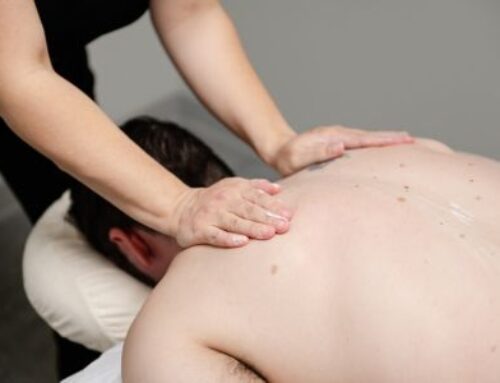The concept of intuitive eating has seemed to rise in popularity over the past few years, even though it has been around much longer. One of the larger reasons that I appreciate the intuitive eating movement so much, is that it is actually in direct opposition to diet culture. Most of what we see come up in the wellness world perpetuates the harm of diet culture, but it is so refreshing to see individuals, professionals, and larger entities accepting this as the new path.
So, what exactly is intuitive eating and why is it so special? It can look like what we call mindful eating, but goes further. On top of feeding your body with no judgement and enjoying the present moment, intuitive eating prompts you to deepen and improve your relationship with your own body so that you can truly hear what it wants and needs. Because of this explanation, and that it is focused on being “anti-diet”, there is no right or wrong way to do this. However, professionals in the area can give steps and prompts for others to be able to get to the point of hearing their body’s real needs and learning how to honor them.
An important place to begin is to gain the understanding that you, your body, and your health are deserving of regular nourishment. Although that may be an obvious statement to some, for many people, diet culture and societal standards may have made them believe the opposite. Restrictive eating, whether the amount, frequency, or type of food, can be detrimental to one’s long term mental and physical health; it may prompt them into feeling that their body is not worthy of full and unrestricted nourishment and enjoyment of food.
This first step can take time, and looks different for each individual as we all have varying relationships with our bodies, as well as past histories with disordered or restrictive eating. Support is incredibly helpful and can be found in therapists and nutritionists who specialize in these topics.
Once you can feel comfortable with providing your body with enough food throughout the day, starting to take a look into what your hunger and fullness cues look like is a next step. Various practices and activities, taken slowly, can help you start to hear your body more. Following these hunger and fullness cues, we can take another step into gentle nutrition. This does not mean creating rules around food, but taking the time to understand what your individual body may be asking for, often nutrient-dense foods. But it doesn’t always look this way, and does not mean your body won’t also be asking for food just for general enjoyment. And the real takeaway is that that is wonderful!
There is so much more to this concept and how to implement it into your life to create ultimate food freedom and long term emotional and physical health. If you are interested in learning more, please reach out.





